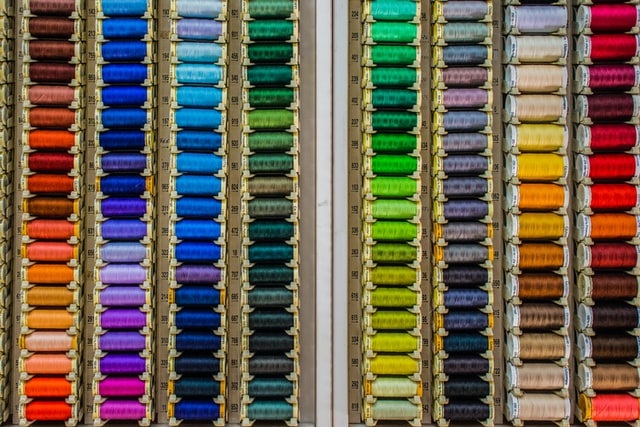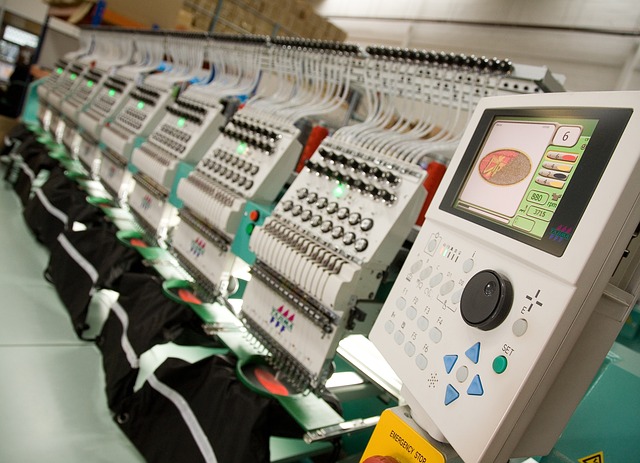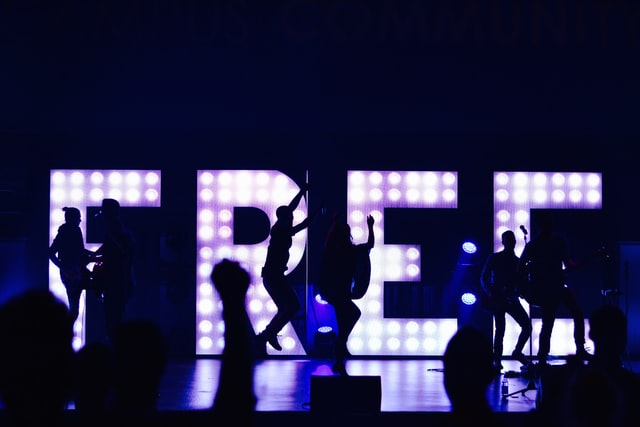Basic Types of Stitches in Machine Embroidery
All machine embroidery designs are made with only 4 basic types of Stitches. All other stitches that can be created in various embroidery editors are just the offsprings of these basic types. Even the most complex design is a combination of these 4 basic types.
What are the different types of Embroidery Stitches?
The main types of embroidery stitches are:
- Manual stitch
- Running stitch (also called Walking stitch)
- Satin stitch (also Column stitch)
- Tatami (Fill, Ceeding stitch, and so on)
Let’s go through one by one to know about their speciality.
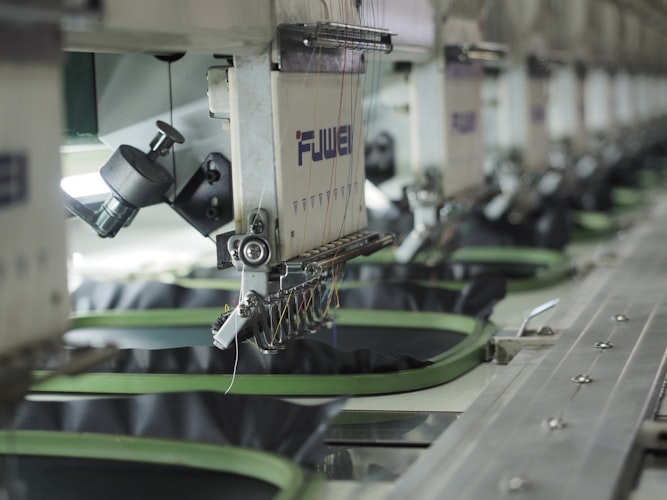
What is manual stitch?
This is the most basic stitch type in embroidery. Every separate stitch is created manually, without using the automatics. Why is that? Because a digitizer, not the software, controls every stitch that is laid on the fabric.

Manual stitch can be used instead of the auto-generated running stitch when it’s not possible to create the desired effect with the help of the editor.
How do you do a running stitch?
Running stitch is considered the simplest and most creative stitch at the same time. The stitch length can be controlled or adjusted by the software.
What is a running stitch used for?
There is a large number of occasions on which the running stitch can be used:
- Design details
- Decoration (motifs)
- Contours (the most complex outlines)
- Manual understitching
- The Outline Designs
- Quilt
- Connecting stitches between the objects
- Preliminary stitches

But the greatest advantage of this type is that it makes the least impact on the fabric of all the other four.
How do you do satin stitch?
Satin Stitch is the type of stitch that is most widely used. It consists of stitches that can change their angle after every penetration. There can be more than one stitch angle in the object embroidered with satins.

What to consider when creating satin stitch?
When creating satin stitch you should pay attention to:
- Stitch length (it’s necessary to avoid too long or too short stitches)
- Stitch angle
- Stitch density
- Pull compensation
- Push compensation
- Stitch shortening
- Edge shape
You might like this: 2020 Best Free Embroidery Software
What effects can be applied for satin stitch?
There are tons of effects that can be applied to satins. Their variety depends on your embroidery software. For example:
- Satin stitch with consistent width (Satin border, Satin column, Serial satin)
- Decorative Patterns
- Feathering (jagged edge)
- Variable density
- Radial fill
What is a satin stitch used for?
Satin stitches are used for creating the following objects:
- Small lettering
- Contours
- Column of varying geometry
- Covering for Fill stitches
Satin distorts fabrics.
What is fill stitch?
Fill consists of rows of running stitches that form patterns in accordance with needle penetration parameters. An object made with these stitches usually has only one stitch angle.
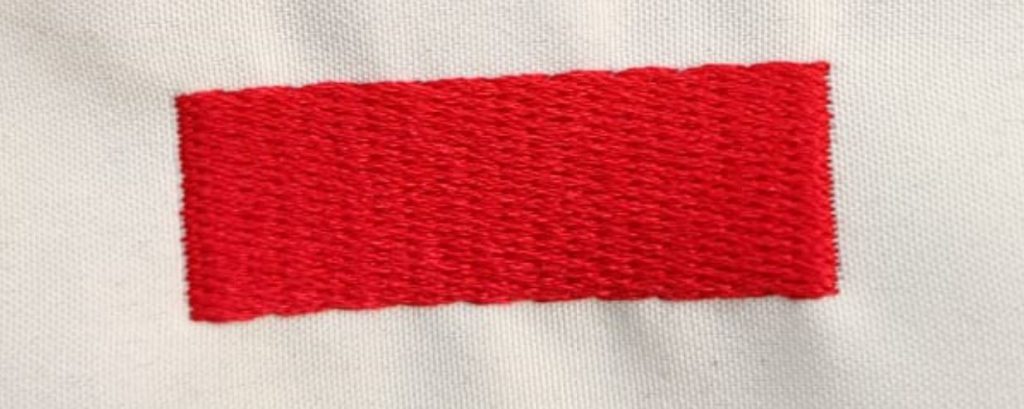
What to consider when creating fill stitch?
There is a handful of parameters that should be controlled when using this type of stitches to create objects:
- Stitch length (it’s necessary to avoid too long or too short stitches)
- Stitch angle
- Density
- Pull compensation
- Push compensation
- Edge shape (sharp, square/straight, chiseled/acute)
What other effects than can be applied to the fills?
Their variety depends on your embroidery software. For example:
- Decorative fills
- Motif fills (can be programmed)
- Waving effect – bending the fill along one or two curves
- Spiral fill
- Gradient fill
- Textures
- Feathering
What is a fill stitch used for?
Fills are used for large embroidery areas.
They distort fabrics the most.
You might like this: How to get the best digitizers in 2020
Conclusion
Manual stitch is a running stitch where the position and length of every individual stitch are determined by a digitizer and not the software. And also Filling stitches should be singled out as fills are simply clusters of running stitches.
Traditionally, these two stitch types are using in the machine embroidery:
- Running stitch
- Satin stitch
Happy Stitching!
PRO DIGITISE has a good reputation in Embroidery Digitising Services across Australia and New Zealand. We have a local representative to talk in person for client queries. Our quality of work, great service and prompt responses make us unique.
Contact us for a free trial.

